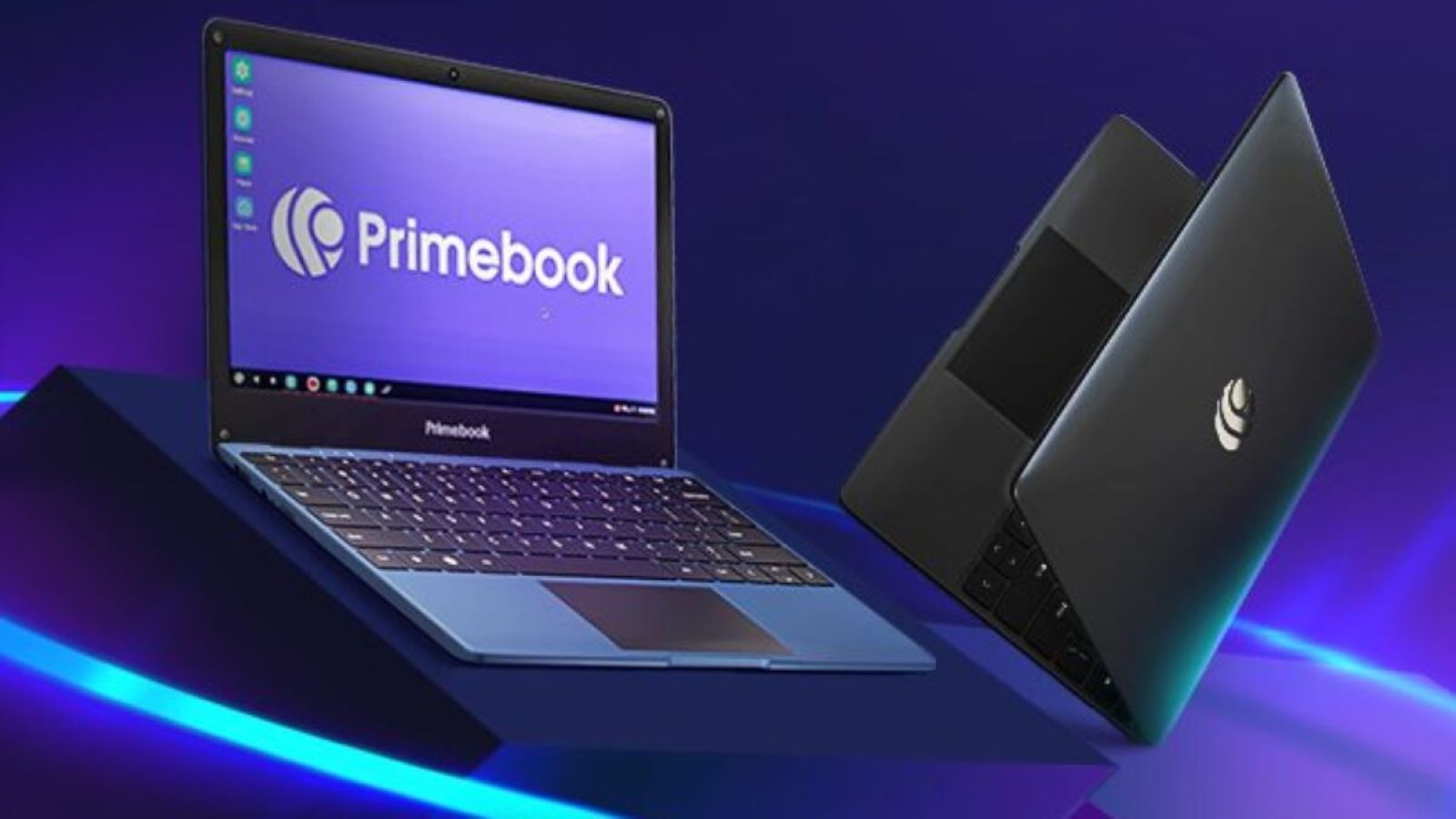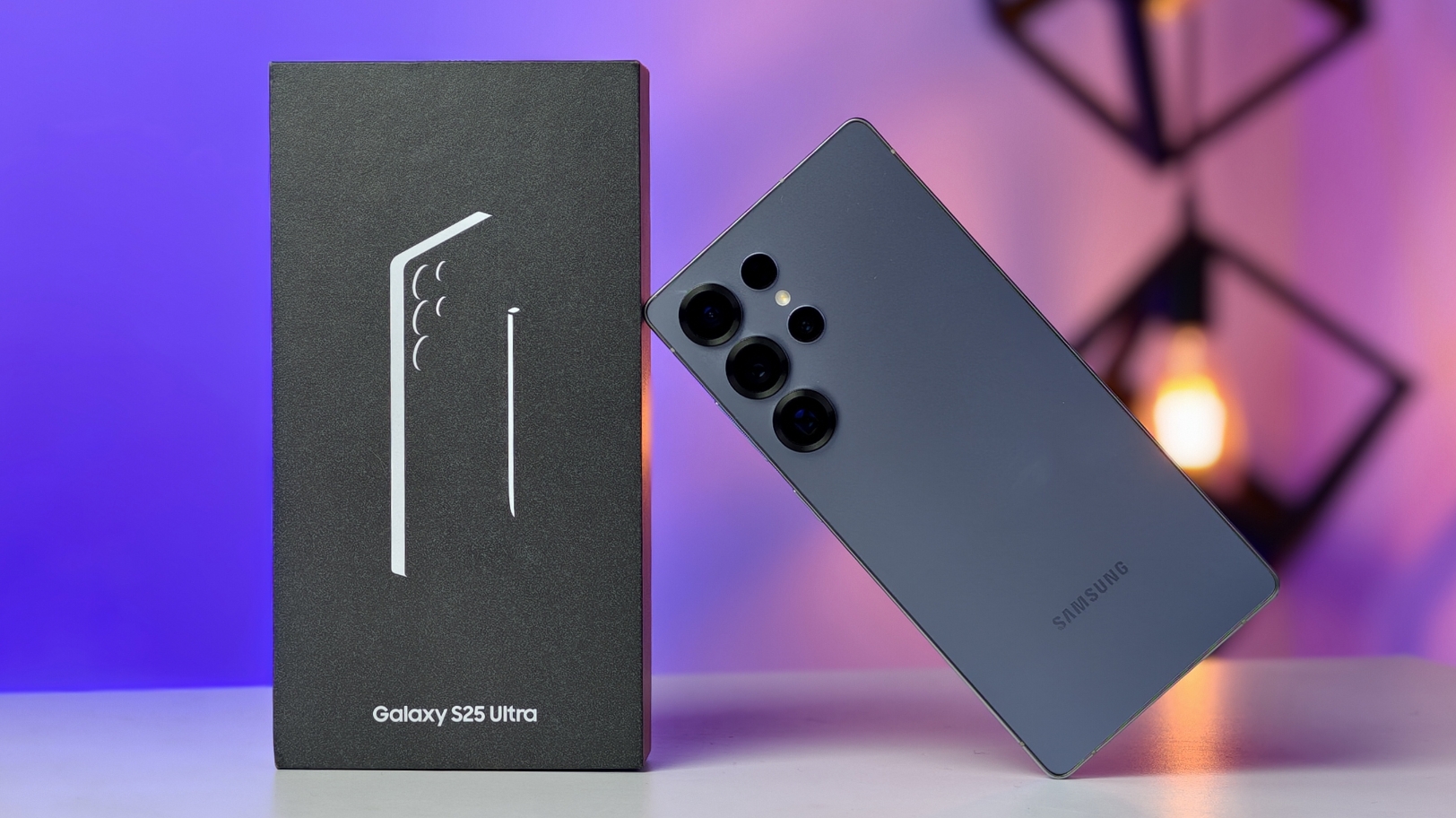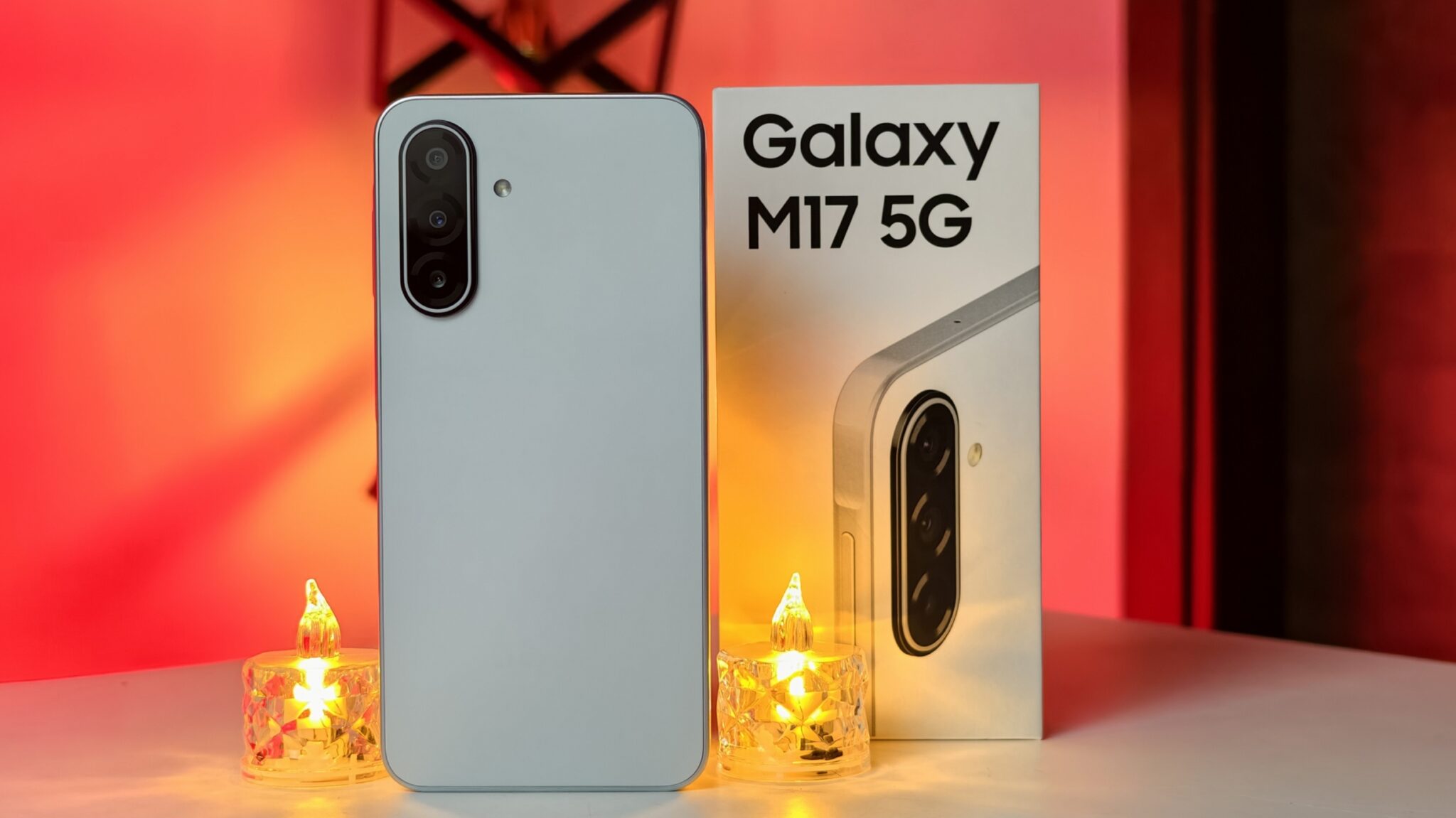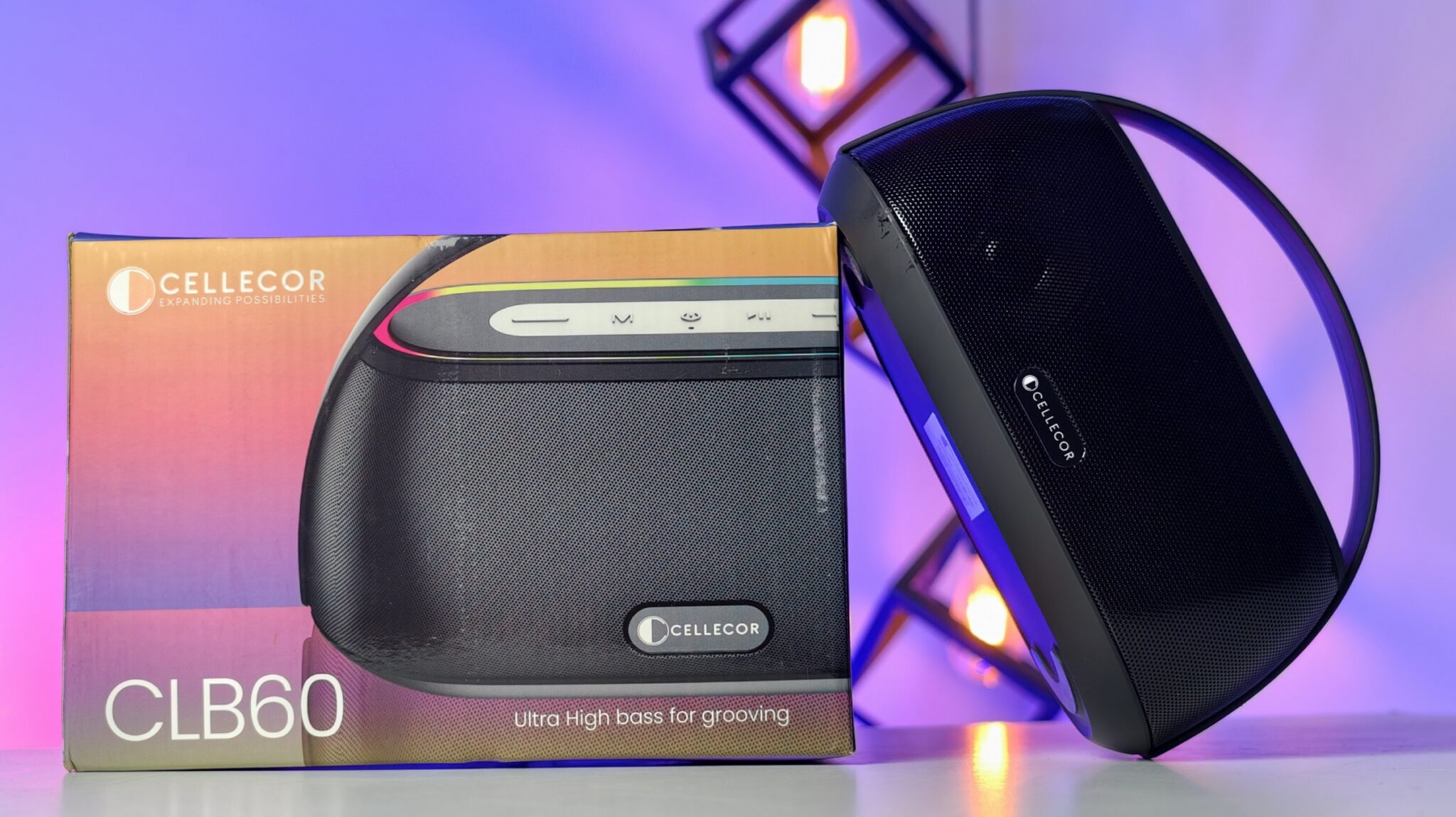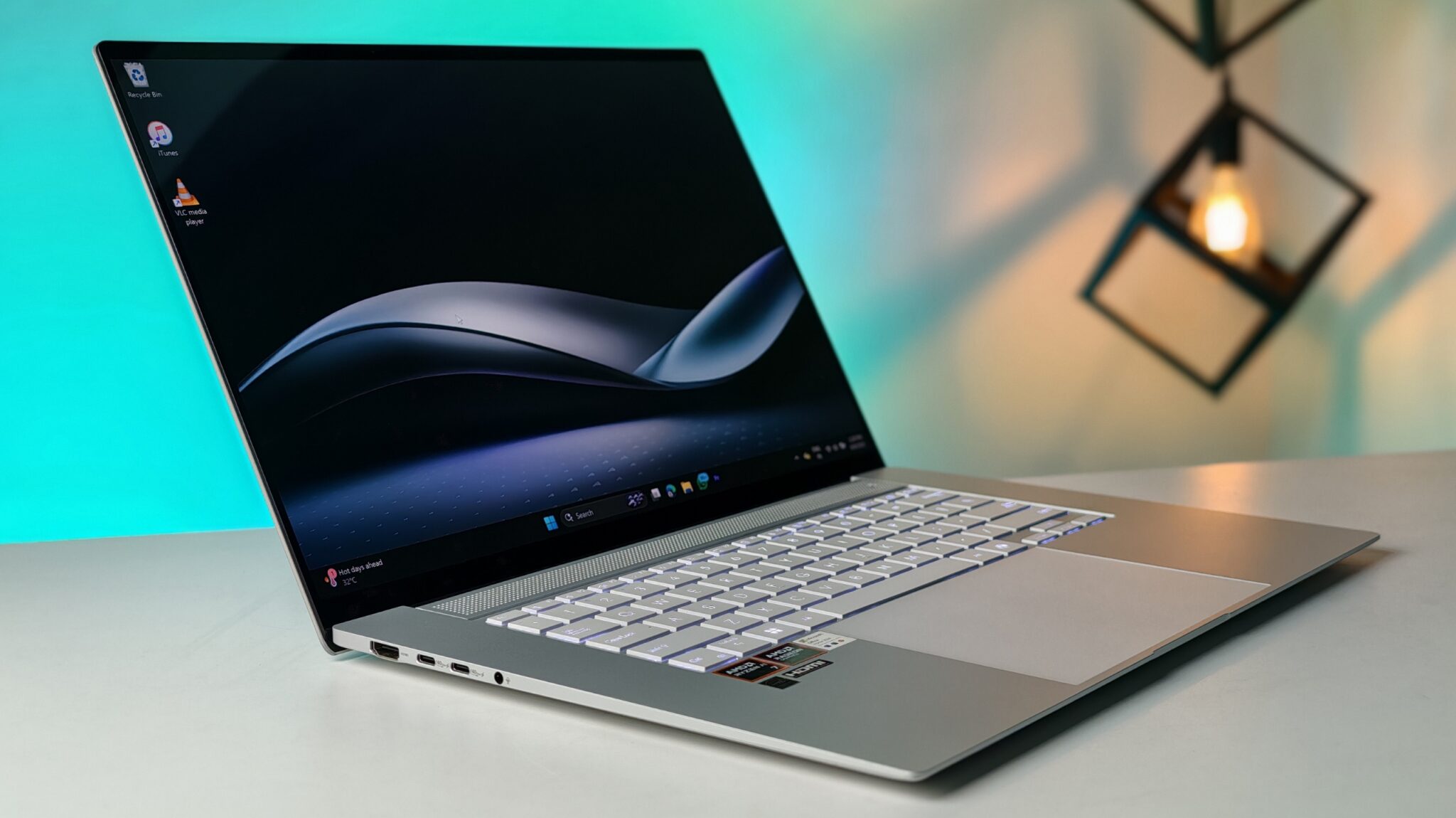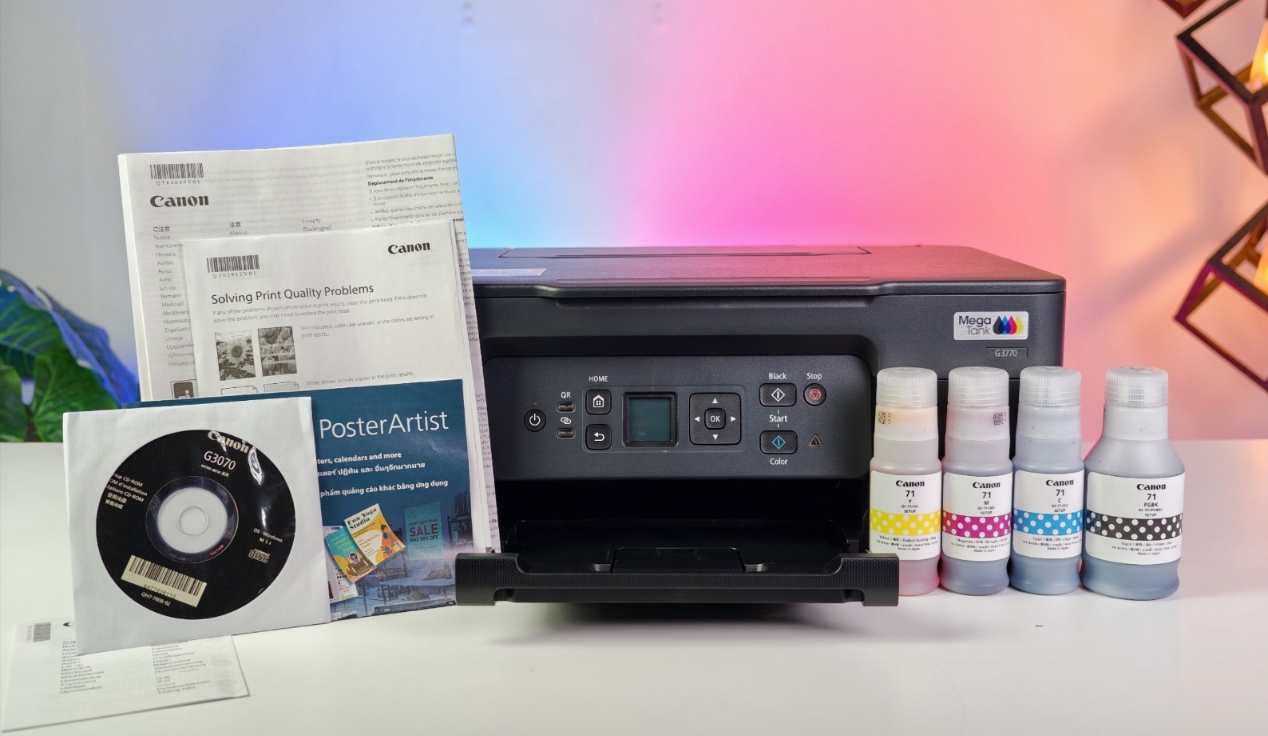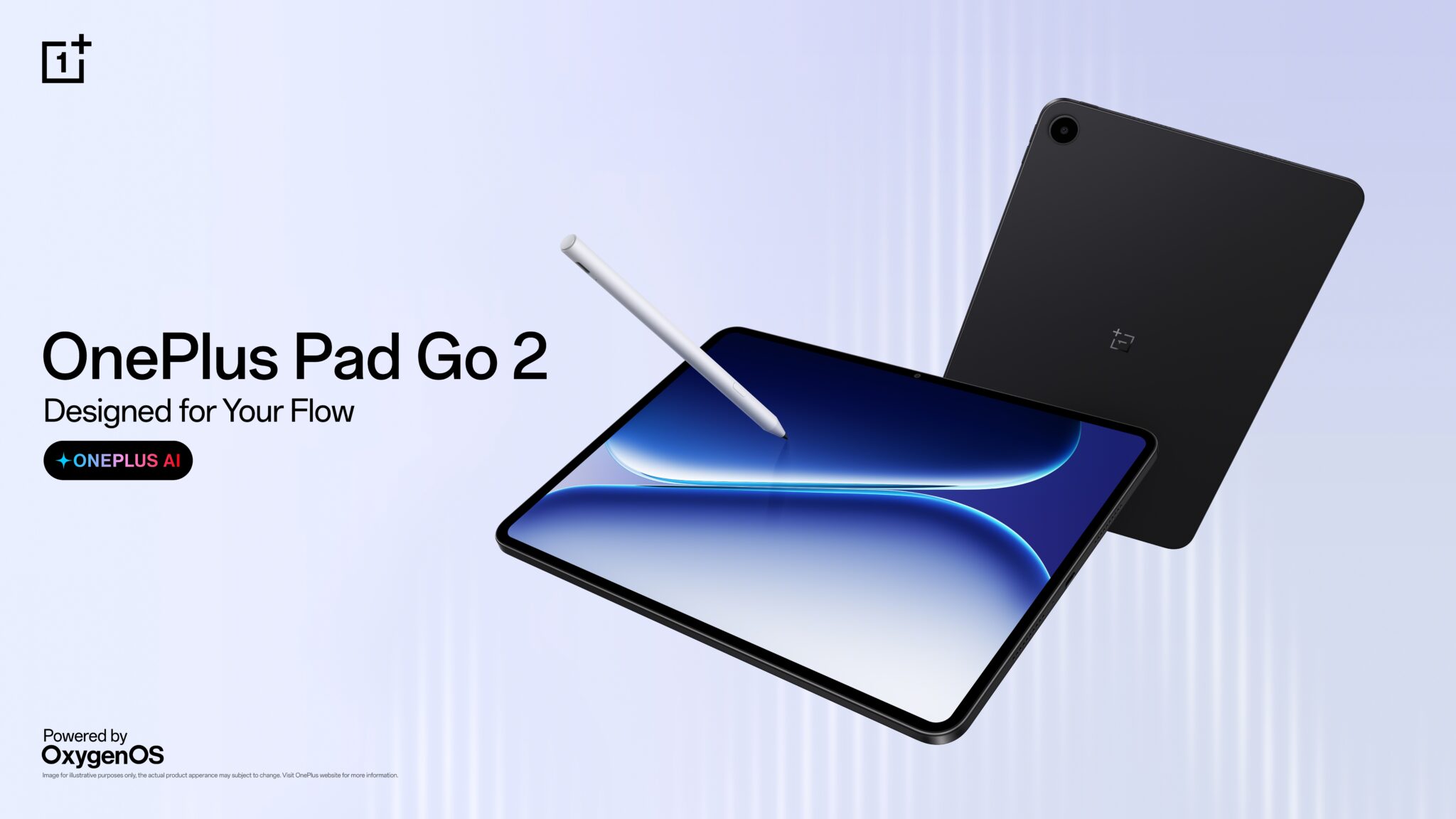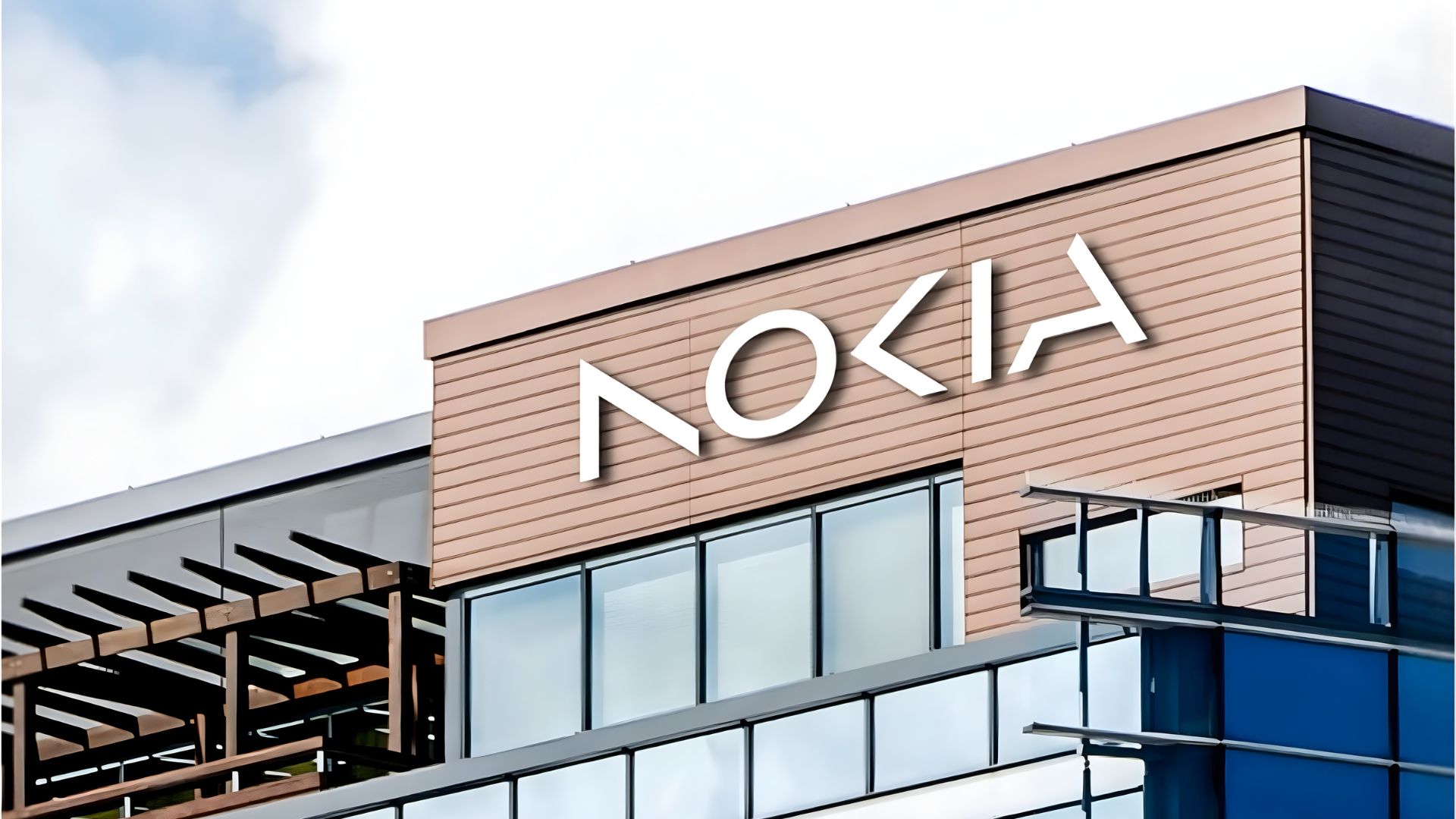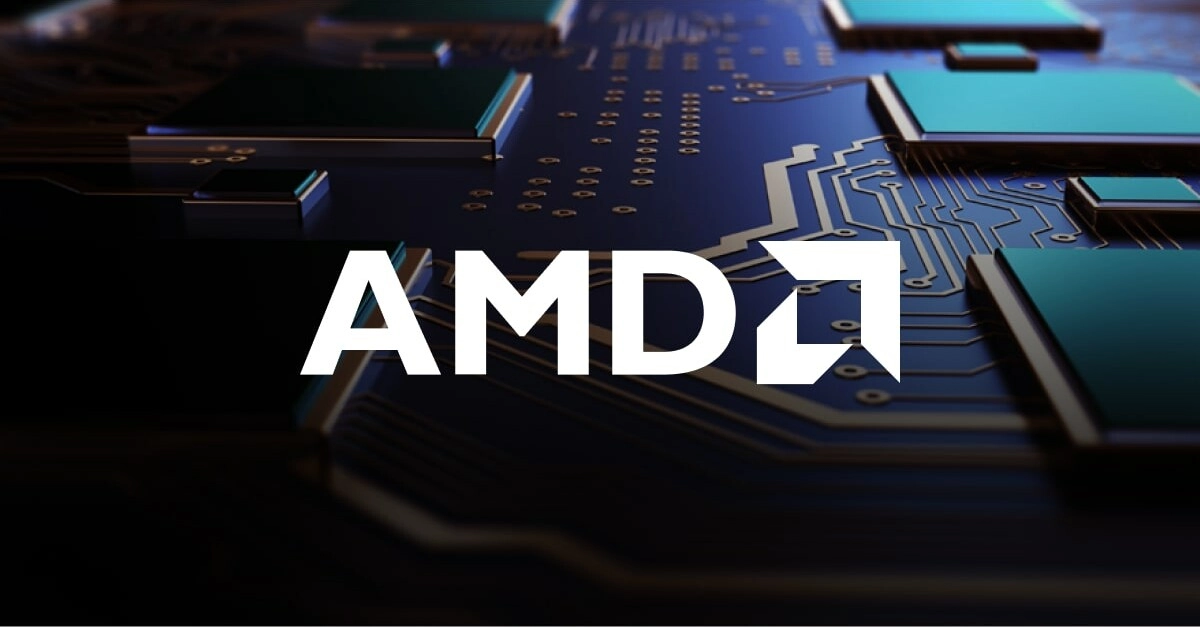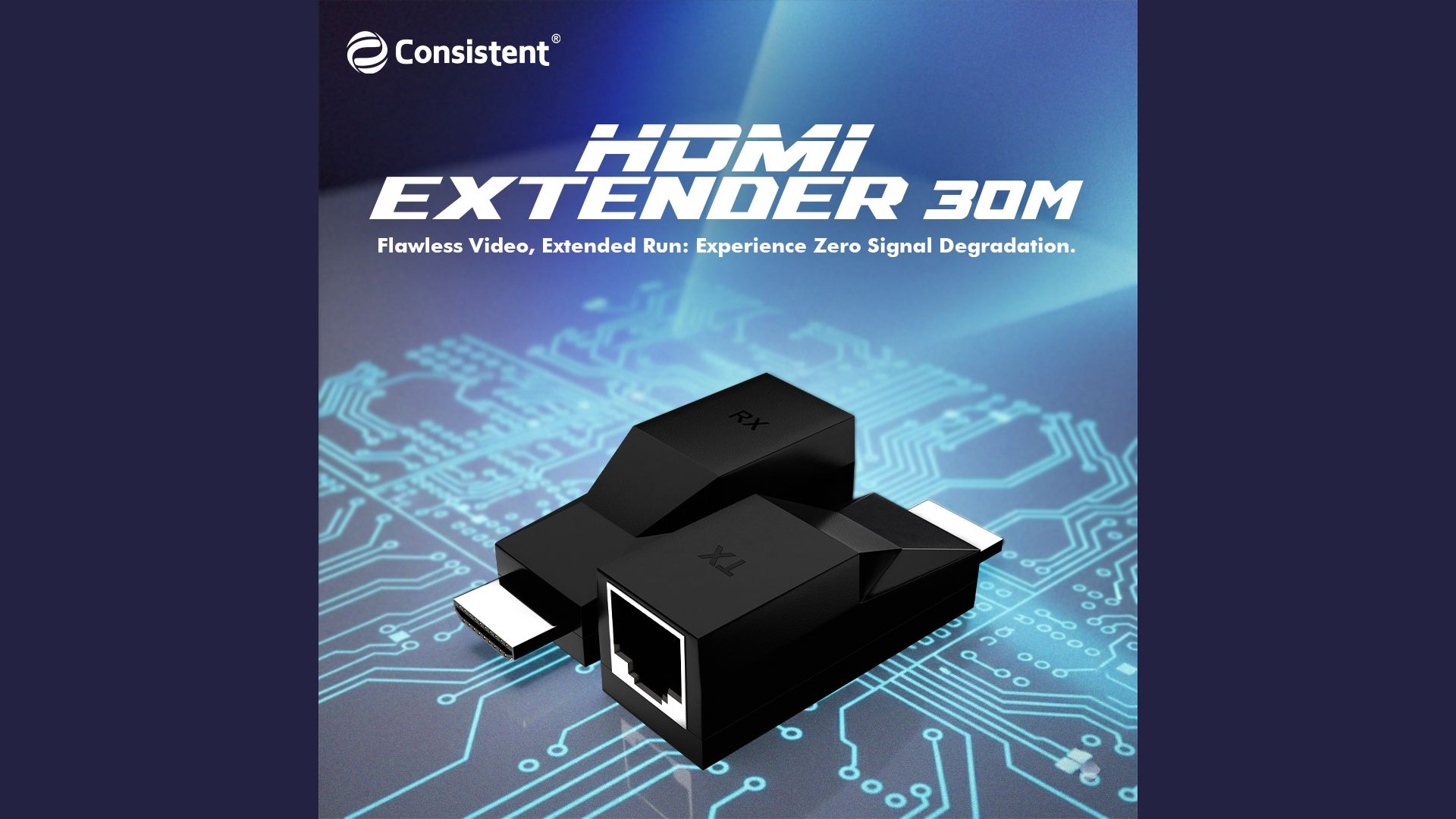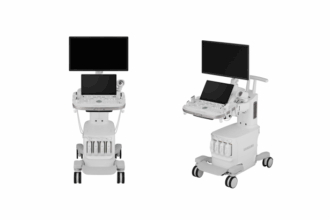Primebook, an emerging Indian tech brand, closed its fiscal year 2024–25 on a high note, clocking an Annual Revenue Run Rate (ARR) of ₹62 crore. Alongside that, the company surpassed 60,000 unit sales of its Android-powered laptops—a line of devices tailored for students, creators, coders, and first-time professionals. It’s a notable marker of momentum in the affordable computing space.
Key Takeaways:
- Primebook India wrapped up FY2024–25 with an Annual Revenue Run Rate (ARR) of ₹62 crore.
- The company sold more than 60,000 units of its Android-based computing devices.
- The fourth quarter alone contributed ₹15.6 crore to its topline.
- On Amazon Marketplace, ARR crossed ₹12 crore within a year.
- Product return rates stayed low, hovering between 3–4%.
- April 2025 saw the company record its lowest customer acquisition cost (CAC) to date.
- Primebook is gearing up for the launch of its Gen 2 series.
- Expansion into institutional sales and skill development partnerships is underway.
The fourth quarter really stood out, contributing ₹15.6 crore to total revenue. This surge was fueled by stronger demand, platform expansion, and an overall boost in funnel performance. Taken together, these numbers reflect a healthy fiscal year and a promising outlook going forward.
Operational and Marketing Achievements
Across the board—operations, marketing, and product—Primebook made steady headway during FY2024–25. Its run on Amazon Marketplace was particularly strong, with recurring revenue climbing past ₹12 crore in just 12 months. That kind of traction hints at growing user trust in Primebook’s devices.
Operationally, things stayed solid. Return rates stuck to a low 3–4% range, which says something about post-purchase satisfaction and decent unit economics.
From a marketing perspective, April 2025 stood out. It marked Primebook’s most efficient month yet, with the lowest CAC recorded. This came from targeted performance marketing, better content strategies, and a more streamlined demand funnel. Interestingly, the average selling price (ASP) also trended upward—likely the result of more strategic product positioning and an uptick in how customers perceive the brand’s value.
These gains were underpinned by steady progress on the product development front. Primebook continues to invest in its roadmap, staying tuned into evolving market needs.
Primebook’s Product Philosophy and the Gen 2 Series
At its core, Primebook builds Android-powered laptops running on PrimeOS—India’s first Android-based laptop OS, built entirely in-house. The system is designed to feel like a traditional desktop environment, complete with multi-window multitasking, native Android app support, and a key-mapping feature that lets users map touch gestures to keyboard keys. It’s particularly helpful for touch-heavy applications and is aimed at supporting productivity and skill development.
The brand’s ambition lies in merging the openness of Android with the utility of a laptop. The result? Devices that are both practical and budget-friendly—well-suited for learners, freelancers, and folks just stepping into the professional world.
Now, the Gen 2 series is on the horizon. Expectations are high. The upcoming lineup promises upgrades in speed, usability, and design—all focused on improving the overall user experience.
Leadership Perspectives
Chitranshu Mahant, Primebook’s Co-founder and CEO, called FY2024–25 a record-breaking year. According to him, the adoption numbers validate a growing need for affordable and easy-to-use computing tools. He pointed out that with over 60,000 devices in users’ hands and a budding PrimeOS ecosystem, the company is poised to build on this momentum.
Aman Verma, CMO and fellow Co-founder, highlighted the qualitative gains. Beyond the stats, he said, the team deepened its connection with users. Verma emphasized that today’s users want tech that’s practical, reliable, and easy to access. Primebook, he believes, is shaping into a brand that stands for just that. Looking ahead, he said the company plans to offer more than just devices—they want to deliver full-stack experiences that resonate in India and beyond.
Future Outlook and Strategic Partnerships
With the Gen 2 lineup imminent, Primebook is also looking to broaden its reach through partnerships in education and skills development. This move aligns with its broader mission: making computing accessible and aspirational for the next generation of Indians. These partnerships could help Primebook extend its footprint and deepen its market relevance.
In a broader sense, Primebook’s rise taps into a growing wave of deep-tech innovation in India. The appetite for affordable yet capable computing devices is real—especially among students and early-career professionals. By building PrimeOS in-house, the company has kept tight control over the user experience, making it easier to adapt quickly to feedback and new demands. The consistently low return rate? That suggests the products mostly live up to expectations, and that customer support is holding its ground.
Perhaps most interesting is the balance Primebook has struck: a steadily increasing ASP, paired with historically low CAC. That’s not easy to pull off. But with sharp marketing strategies and an efficient funnel, they seem to be doing just that. With Gen 2 products on deck and a shift toward institutional deals and training partnerships, the company could be setting itself up for much broader adoption. We’ll have to wait and see if these moves translate into even stronger brand presence and scale.
FAQs about Primebook India
Q1: What is Primebook India’s primary product?
A1: Primebook India primarily offers affordable, Android-powered laptops that run on their in-house developed operating system, PrimeOS.
Q2: What is PrimeOS?
A2: PrimeOS is India’s first Android-based laptop OS, built entirely by Primebook. It brings a desktop-like experience with multitasking, Android app compatibility, and key-mapping support.
Q3: Who is the target audience for Primebook laptops?
A3: Primebook laptops are built for learners, freelancers, coders, creators, early professionals, and students.
Q4: How did Primebook perform financially in FY2024–25?
A4: The company posted an ARR of ₹62 crore and sold over 60,000 units. Q4 alone added ₹15.6 crore to its revenue.
Q5: What were Primebook’s key marketing achievements in FY2024–25?
A5: In April 2025, Primebook recorded its lowest CAC, thanks to sharper performance marketing, improved content, and a streamlined demand funnel.
Q6: What is the significance of the Gen 2 series launch for Primebook?
A6: The Gen 2 series aims to deliver better speed, design, and usability, which could further boost the brand’s standing in the market.
Q7: How does Primebook ensure customer satisfaction?
A7: A return rate of just 3–4% points to solid user satisfaction and strong after-sales support.
Q8: What are Primebook’s future growth strategies?
A8: Primebook is eyeing growth through institutional partnerships and skill development initiatives, aiming to expand its user base across India.
Q9: Where can Primebook laptops be purchased?
A9: The devices are available on Amazon Marketplace, where the company has seen ARR cross ₹12 crore in just one year.


